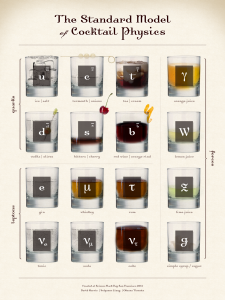Today I was fortunate to spend the afternoon at an unconference session at the KIPAC@10 conference at SLAC. The session turned into more of a hackathon for the project I was leading, based on my thoughts about a Journal of Brief Ideas, from a few years ago.
We only had a few hours to spend so we had a good chat about the desired feature set for a Journal of Brief Ideas, the kinds of views the user interface would have, and what we might achieve in code during the session. I had previously decided to use figshare as the foundation of JOBI, seeing as it provides DOIs and permanence for all data stored there.
In the end, we drew a few wireframes, thought about what a classic paper by Edwin Hubble would look like as a series of brief ideas, and started the journal. Yes, that’s right, the first couple of entries and the first internal citation now exist on figshare. There are still plenty of issues to resolve but we have a sense for what the minimal model of this journal would look like.
We didn’t get too far on the code as the OAuth caused us some trouble, as it always seems to, but we plan to work on this at the upcoming dot.astronomy conference and Science Hack Day SF 2013. There is, however, a GitHub repository with the initial code we worked on.
Thanks to my coworkers (listed on the front page of the slide set we showed at the end of the session) and to @drphilmarshall for organizing the meeting and including an unconference session.

